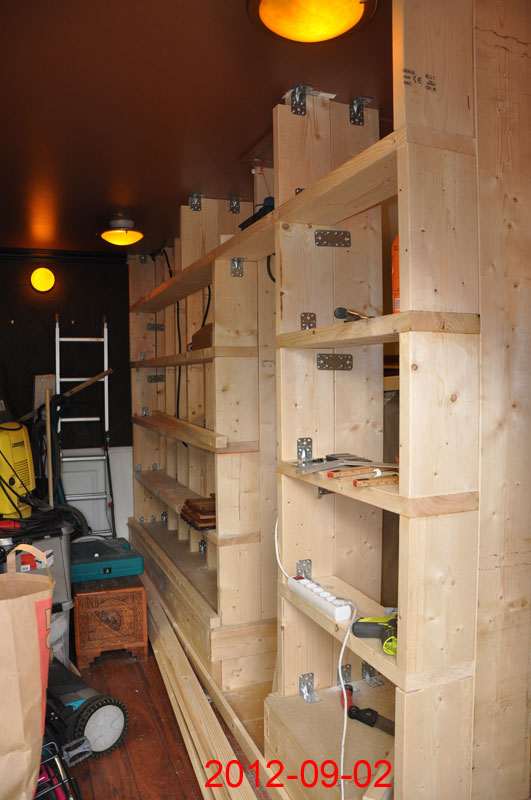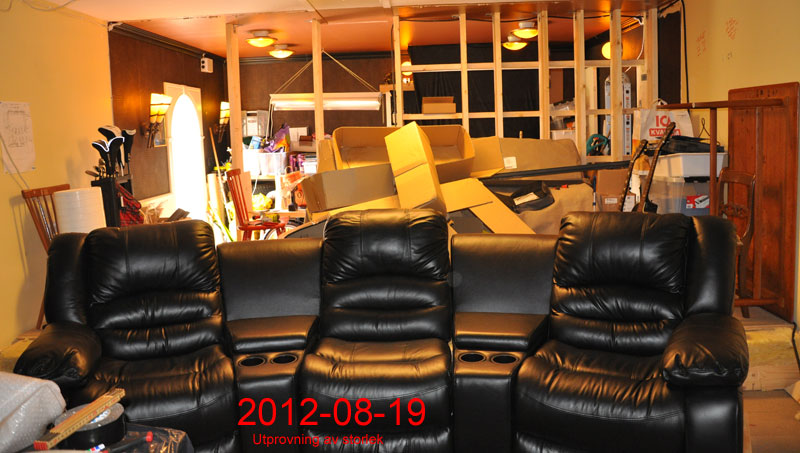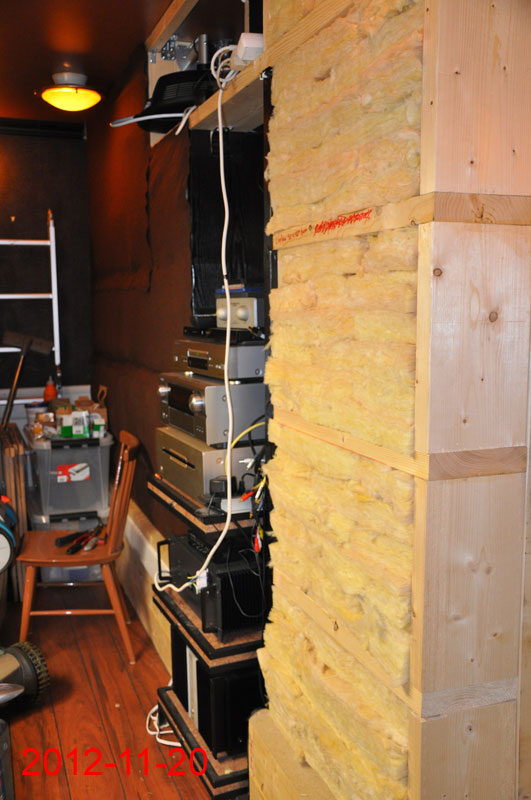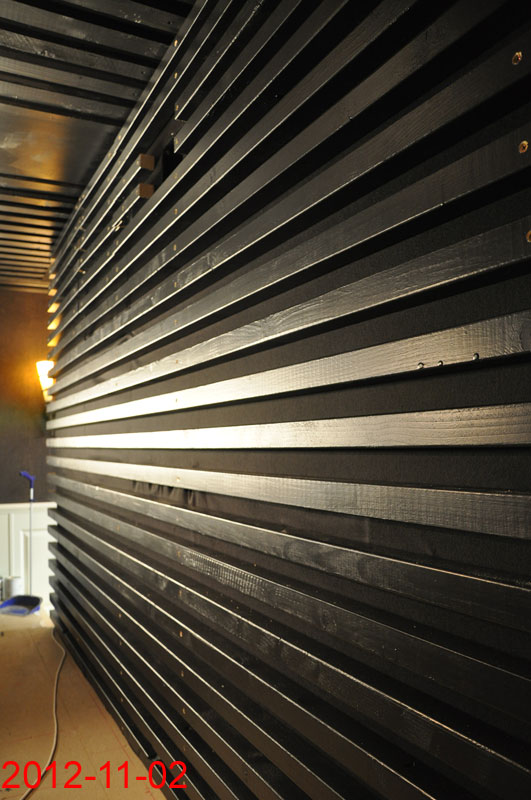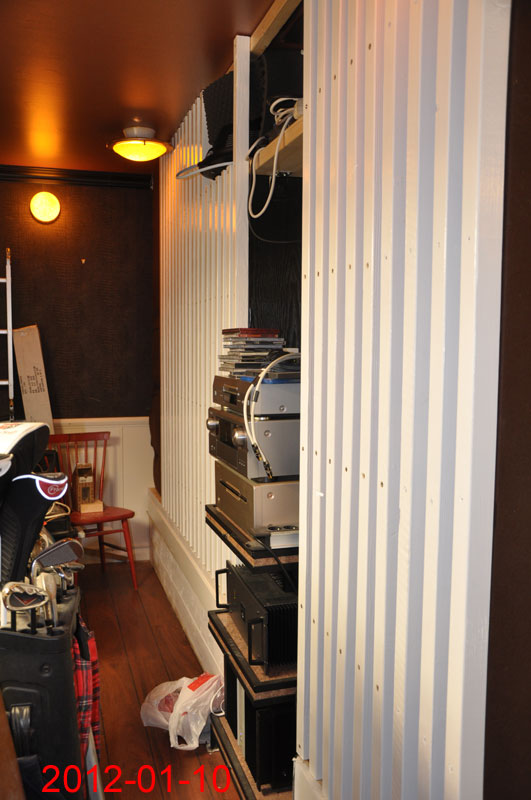Wow. I was the Marketing for SigTech for 10 years. Owned 4 of them so I could correct 6 channels in my HT system and 2 in my 2 channel system. I, too, have used many of the same products (TacT, miniDSP, Dirac, etc) and would agree that Dirac is the best. I also agree that it is the "cherry on top" BUT a very large cherry as passive room treatment will only get you so far. I have yet to be able to completely tame south of about 200Hz with only bass absorbers along with multiple subs. PEQ's can get REALLY close and that plus Dirac gets me where I want to be.
I am a Dirac fan, too. I do not know if it is the ultimate, end all, be all. But, it does an impressive, easily audible job, is not too difficult to learn, is easy to use, is not too expensive, handles hi rez up to 192k/24 in the PC version, etc., etc. I am a dedicated fan, unless something clearly better comes along.
The question keeps coming up, though: treatments vs. EQ? Most audiophiles have not done either one, so which should they pursue? Of course, that some audiophiles have done nothing about their rooms does not prevent them from arguing about "the best approach" to improved room acoustics online. All the better to argue about approach as a pretext for still doing nothing to solve their room acoustics problems, which are typically huge. No worry. They can do more by a new equipment purchase, some cables, maybe, or those awesome Shakti Hallographs or some tweak from Synergistic audio, some nice footers and cones under speakers and stuff, etc.
Ideally, to me, all reasonable and credible means, active or passive, would be pursued. In my ideal, "hit the lottery" listening room, acoustic consultants will be actively pursuing comprehensive design and treatment solutions to better sound based on acoustic science. However, I do not believe that can be achieved without active DSP Room EQ, as well.
Which is more important, passive or DSP? They do overlap considerably in their potential contribution to the final sound in the room. The ideal uses the contributions of both.
So, both are part of the ideal solution. But, where to start if you are unable to afford the ideal or to do both, if you are just starting out, or if you are agnostic about this whole room acoustics thing? I say DSP EQ is the place to start, not passive treatments, bass traps, etc. DSP EQ is much simpler and less expensive. It is also possible to directly compare the subjective results of DSP on the sound - switch it on , then off, on again, etc. - nearly impossible with room treatments. I would also argue that DSP EQ is actually more effective in the deep bass, a huge advantage.
The question of which contributes more overall to the idealized final result, treatments or DSP EQ, is I think impossible to answer. Both are necessary in a comprehensive ultimate solution. But, for newbies, start with DSP EQ. I think it is much, much more than the cherry on top.

